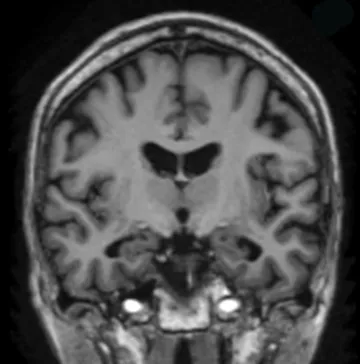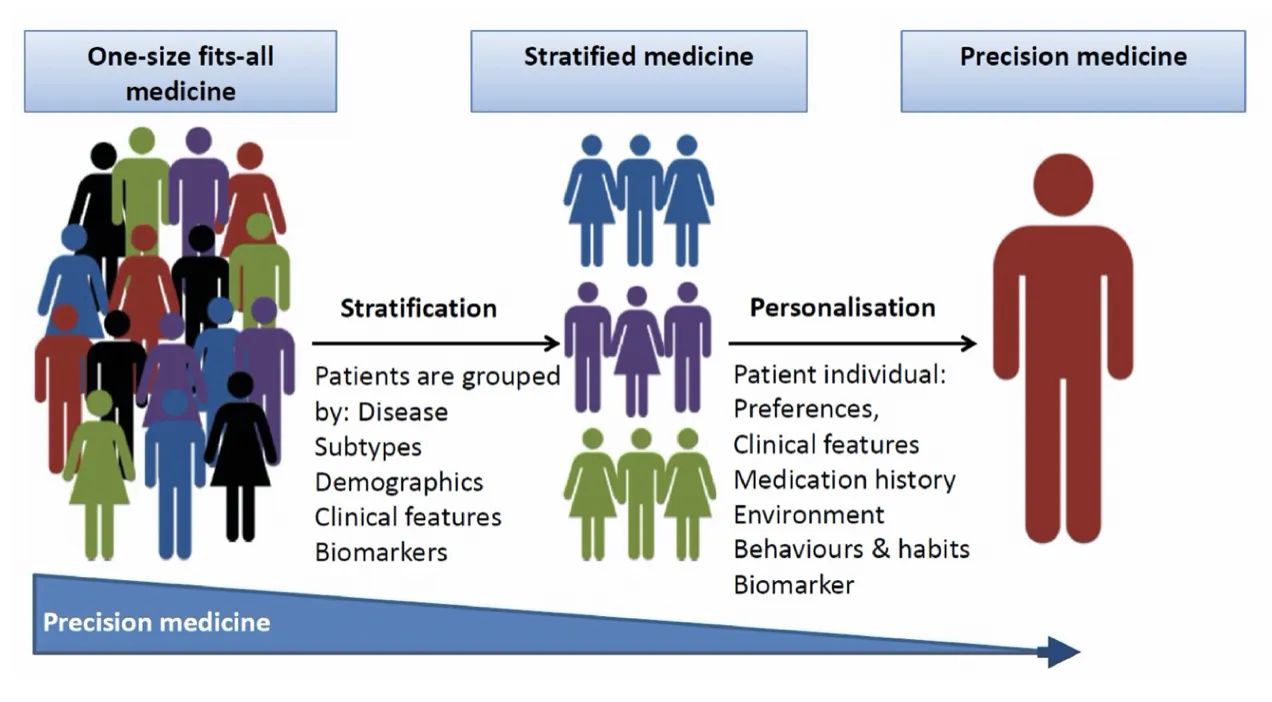Pathology Causing Dementia
The clinical syndrome of dementia can be caused by several different underlying pathologies, including plaques and tangles of Alzheimer’s disease, Lewy bodies often found with Lewy body dementia and Parkinsonian dementia, TDP-43 inclusions often found with LATE, and microinfarcts and white matter hyperintensities associated with vascular cognitive impairment and dementia. While these are sometimes dizzying terms, when we think about how we treat and prevent dementia, we have to think about what pathology is causing a person’s dementia. In the rest of the body, if we suspect there is a problem, we can do a biopsy – take a little piece of the organ and examine it under a microscope. We cannot do this with the brain. Instead, we have to use what are called biomarkers. These are things that we can measure, whether in the blood, spinal fluid, or on a brain image, that can tell us what changes are happening in the brain.

State-of-the-Art Equipment and Tools
Researchers at the Sanders-Brown Center on Aging are using state-of-the-art equipment to measure very small changes in proteins that are associated with plaques and tangles, with damage to blood vessels, and that regulate inflammation, to find signatures in the blood and spinal fluid that can tell us what is happening in the brain before any symptoms appear.
We are also using MRI imaging and PET imaging to detect early changes in blood vessels, in the way the brain is connected, and in how the brain uses energy. Importantly, we can now use PET scans to detect plaques and tangles in the brain. While many of these measures are only used for clinical trials at the moment, it is hoped they will be used to diagnose and treat patients in the future, once we have treatments available that target these pathologies directly.
Our Goal is Precision Medicine
Our goal is to have precision medicine for dementia, just like we have precision medicine for the treatment of some cancers today. We expect there will be a blood test and an MRI with or without a PET image that will guide the neurologist to a specific treatment regimen targeting the exact underlying cause, or in many case causes, of dementia.
The Sanders-Brown Center on Aging team is part of a national consortium called MarkVCID that aims to develop next generation biomarkers for vascular cognitive impairment and dementia. We are also a part of the network of Alzheimer’s Disease Research Centers, that are working together to develop blood tests for plaques and tangles that will hopefully eliminate the need for spinal fluid collection or costly scans.
Our biomarker studies would not be possible without the generosity of our research participants who give their time, blood, and spinal fluid in the hopes of finding a cure. We are forever grateful for the contributions made by our participants.

Brian T. Gold, PhD
364 Willard Medical Sciences
780 Rose St.
Lexington, KY
(859) 323-4813 (office)
Peter Nelson, MD, PhD
Room 311
Sanders-Brown Center on Aging
800 S. Limestone St.
Lexington, KY
(859) 218-3862 (office)
(859) 323-2866 (fax)
